#middle kingdom
Explore tagged Tumblr posts
Text

Anklet of Princess Sithathoriunet
One of two amethyst and gold anklets which were likely worn by the princess during a religious ritual or state ceremony.
Middle Kingdom, 12th Dynasty, ca. 1887-1813 BC. From Tomb of Sithathoriunet, El Lahun. Now in the Metropolitan Museum. 16.1.7b
Read more
81 notes
·
View notes
Text

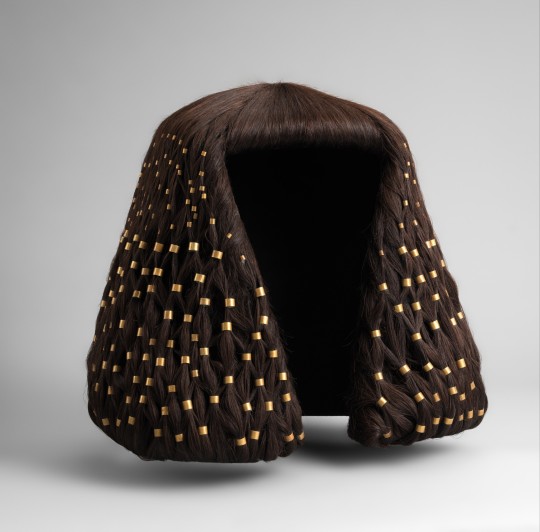
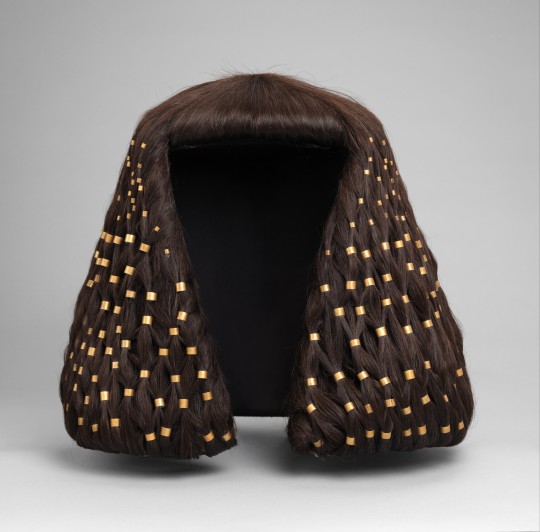
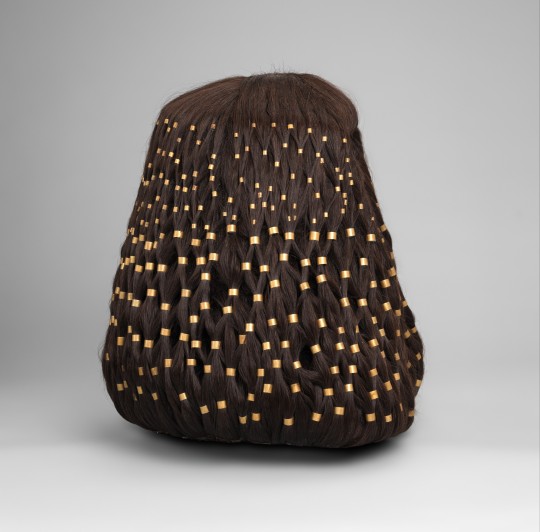
~ Wig rings of Sithathoryunet.
Period: Middle Kingdom, 12th Dynasty; Reign of Senwosret II–Amenemhat III
Date: ca. 1887–1813 B.C.
Place of origin: Egypt, Fayum Entrance Area, Lahun, Tomb of Sithathoryunet (BSA Tomb 8), BSAE excavations 1914
Medium: Gold
#ancient#ancient art#history#museum#archeology#ancient egypt#ancient history#archaeology#egyptian#egyptology#egypt#wig rings#Sithathoryunet#12th Dynasty#middle kingdom#Senwosret II#amenemhat iii#fayum#ca. 1887 B.C.#ca. 1813 b.c.#gold
2K notes
·
View notes
Text

Ancient Egyptian wooden model of a cow with her nursing calf, made in the 11th or 12th Dynasty of the Middle Kingdom (= ca. 2030-1850 BCE). Excavated at Asyut (Lycopolis) between 1910 and 1914. Now in the Metropolitan Museum of Art. Photo credit: Metropolitan Museum of Art.
#art#art history#ancient art#Egypt#Ancient Egypt#Egyptian art#Ancient Egyptian art#Middle Kingdom#sculpture#woodwork#animals in art#cattle#Metropolitan Museum of Art
485 notes
·
View notes
Text

Beautiful Egyptian Faience Hippopotamus (2040-1638 BC); Middle Kingdom, ancient Egypt.
This statuette of a hippopotamus (popularly called "William") was molded in faience, a ceramic material made of ground quartz. A glass-like material associated with rebirth, Egyptian faience was often used to make grave goods, such as this hippopotamus.
#faience#ancient egypt#egyptology#egyptian#egypt#hippopotamus#antique#artifact#antiquities#toya's tales#style#toyastales#toyas tales#art#november#fall#art history#animal art#ancient history#ancient art#ancient#egyptian art#middle kingdom#ceramics#quartz#turquoise#folk art#world history#ancient civilizations
265 notes
·
View notes
Text
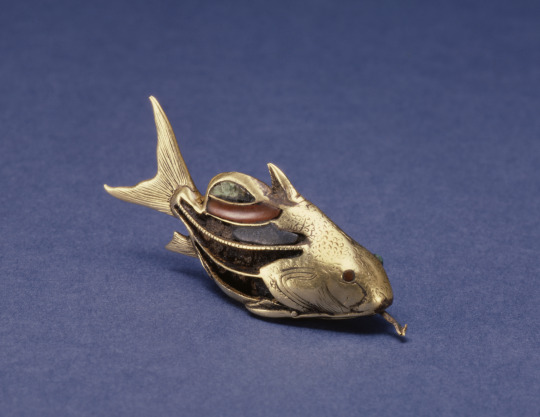
Nile Catfish Pendant
Egyptian, ca. 1985-1773 BCE (Middle Kingdom, 12th dynasty)
This fish pendant represents a Synodontis Batensoda, more commonly known as the Nile catfish, a species of fish named for its black belly. Often worn at the end of a plait of hair, amulets like this one were used by children and young women to protect against drowning. This fine amulet is made of gold with stone inlays, including a red stone for the right eye and a green stone for the left. Amulets in the form of the Synodontis Batensoda were particularly popular during the Middle Kingdom, when the fish might have been identified with an astronomical constellation.
#artifact#Egypt#middle kingdom#pendant#gold#ceramic#chalcedony#turquoise#carnelian#lapis lazuli#black stone
942 notes
·
View notes
Text
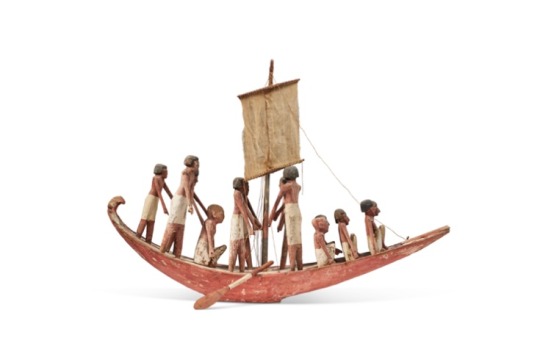
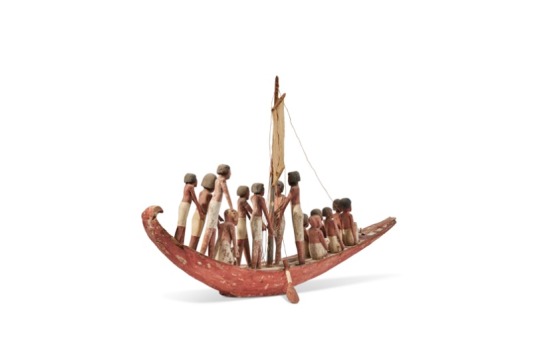

AN EGYPTIAN GESSO-PAINTED WOOD FUNERARY MODEL OF A BOAT MIDDLE KINGDOM, 11TH-12TH DYNASTY, 2087-1759 B.C.
#AN EGYPTIAN GESSO-PAINTED WOOD FUNERARY MODEL OF A BOAT#MIDDLE KINGDOM#11TH-12TH DYNASTY#2087-1759 B.C.#ancient artifacts#archeology#archeolgst#history#history news#ancient history#ancient culture#ancient civilizations#ancient egypt#egyptian history#egyptian mythology#egyptian art
425 notes
·
View notes
Photo
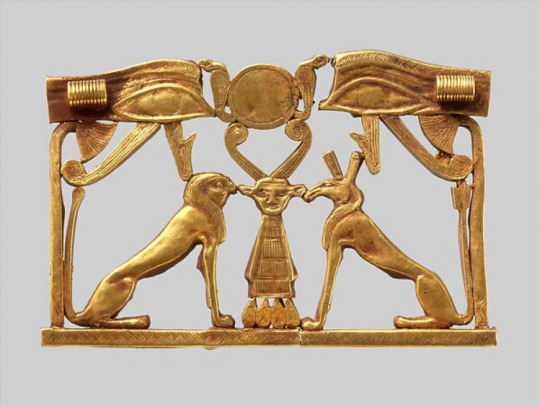
A Middle Kingdom pectoral with Horus and Set as sphinxes. Formerly displayed at the Met.
568 notes
·
View notes
Text

Head of a Statue of the God Sobek Shedeti
Egypt, Middle Kingdom, ca. 1859-1802 B.C.
Limestone, 21 7/16 × 20 1/16 × 18 7/8 in.
#fine art#art#ancient egyptian art#sobek#sculpture#ancient sculpture#antiquities#antiquity#egyptian history#egyptian art#egyptian antiquities#ancient art#ancient egypt#met museum#middle kingdom#carved stone#stone sculpture#limestone#artwork#egypt#art on tumblr#art of the day#crocodile#egyptian gods
84 notes
·
View notes
Text
My Chinese teacher just told me that in daoism people would commit suicide because if they died in unjust circumstances they could haunt the living and I think that’s what Cato was doing actually.
107 notes
·
View notes
Photo

Model of workers grinding grain and butchering cattle Egypt, Middle Kingdom (ca. 2030-1650 BCE)
Ny Carlsberg Glyptotek, Copenhagen
405 notes
·
View notes
Text
You've all seen the 4th Dynasty beadnet dress now, but what if I could further interest you in the 12th Dynasty faience beadwork apron of Senebtisi:

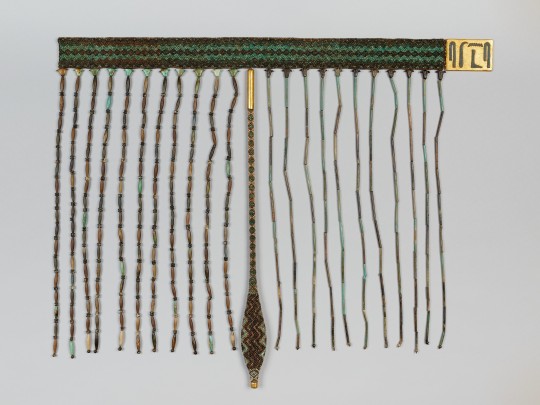
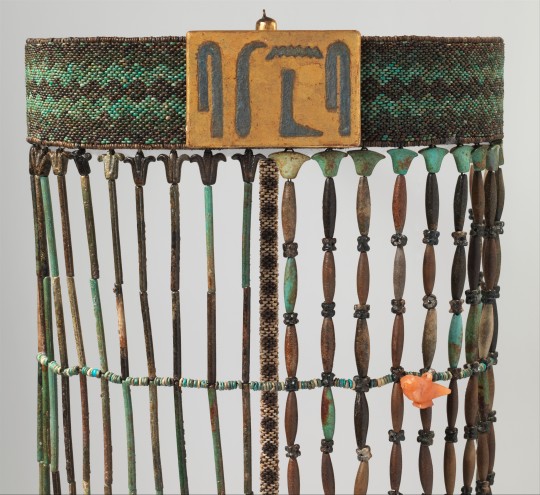
The apron is made out of faience beads in various shapes. The two sides have distinct motifs: the right side (viewer's left) is made from long round tube beads with lotus-shaped beads at the top beneath the belt, and the left side consists of elongated barrel beads separated by dogbone beads, topped with papyrus-shaped beads.
The sides are separated by a gold-coloured, rectangular buckle carrying Senebtisi's name in hieroglyphs (read from right to left) at the front, and by a gold-capped tail comprised of small rondelle beads at the back.
Not much is known about Senebtisi. She was buried at Lisht with a large array of expensive grave goods, and this apron could potentially indicate a royal connection.
#faience friday#ancient egypt#egyptology#lady senebtisi#middle kingdom#the small orange attachment is a carnelian falcon amulet
584 notes
·
View notes
Text

Blue Faience Hedgehog
Hedgehogs had a favourable reputation in ancient Egypt, and were often seen as a symbol of rebirth and renewal of life. This was likely due to their reappearances after long periods of absence while hibernating.
Middle Kingdom, 12th Dynasty, ca. 1900 BC. Now in the Ägyptisches Museum, Berlin. 10250
Photo: Sandra Steiß
911 notes
·
View notes
Text
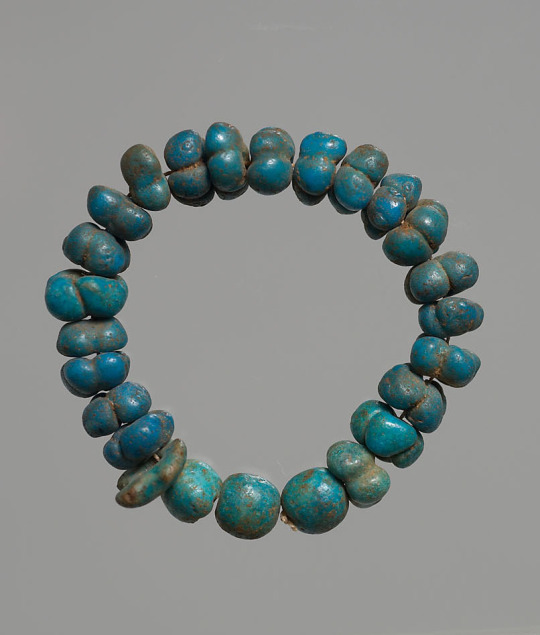
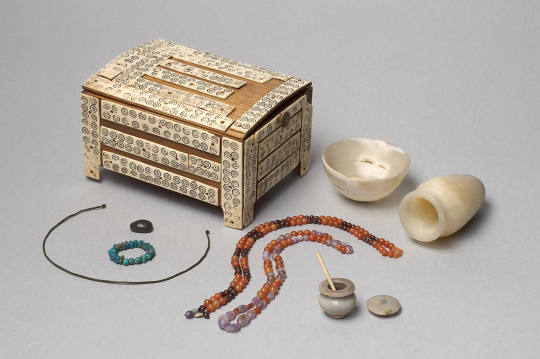
~ Bracelet.
Culture: Egyptian
Period: Middle Kingdom; 12th Dynasty
Date: ca. 1900 B.C.
Place of origin: El-Kubanija North, grave 15 l 1, (Grave of a girl)
Medium: Faience, blue-green
#ancient#ancient art#history#museum#archeology#ancient egypt#ancient history#archaeology#ancient jewelry#egypt#egyptian#bracelet#12th Dynasty#middle kingdom#El-Kubanija#grave of a girl#ca. 1900 b.c.
2K notes
·
View notes
Text
Fantastic find. The cursive hieroglyphs of the Coffin Texts are beautiful here.
26 notes
·
View notes
Text
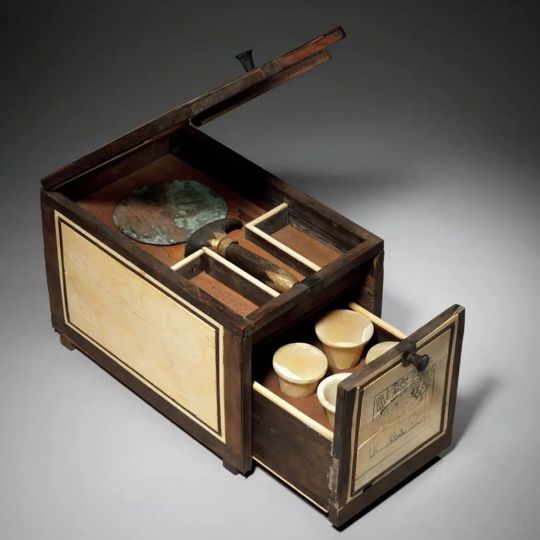
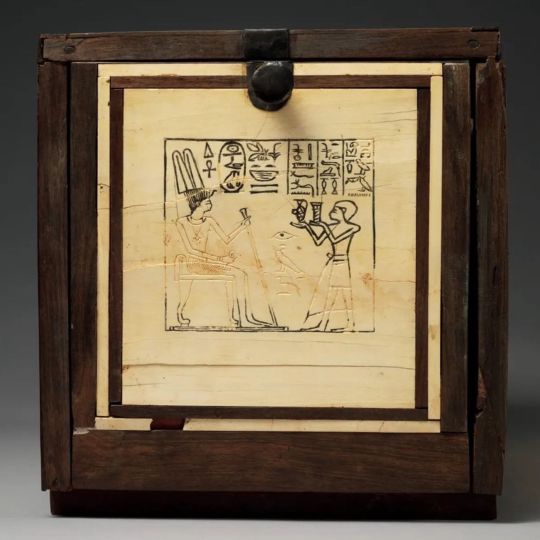
cosmetic box of the Royal Butler Kemeni (Middle Kingdom Egypt, c. 1805 BCE)
326 notes
·
View notes
Text

Protective Figure of Aha-Bes
Egyptian, ca. 1800-1750 BCE (Middle Kingdom, 13th dynasty)
Resembling the protective deity Bes, this benevolent demon holds a snake in each hand, symbolizing his ability to ward off the bites and stings of venomous creatures. The figure has the proportions of a dwarf, the head, mane and tail of a lion, and human eyes. Similar figures to this one were depicted on magical wands of the Middle Kingdom. The details of the figure, such as the eyes, mane, nipples, and the snakes are marked with dark blue lines and dots.
171 notes
·
View notes